Ramjet-Powered Artillery Will Make U.S. Ground Forces More Fearsome Than Ever
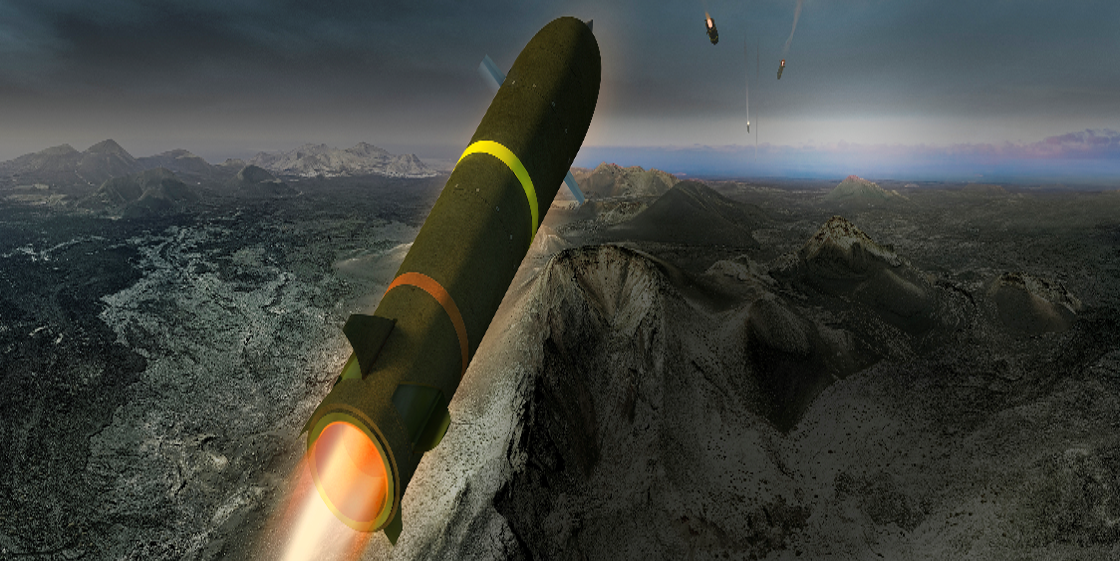
Boeing and Nammo completed their first test of the new Ramjet 155 artillery shell.
Unlike conventional artillery, the new shell uses a ramjet engine to fly farther and faster.
Ramjet 155 will be able to shoot farther than Russian and Chinese artillery, making American guns invulnerable to most types of counter-battery fire.
Two defense contractors—one from the U.S. and one from Europe—have teamed up to produce a new howitzer round that could make artillery the dominant arm of land warfare. The Ramjet 155 artillery shell (pictured above) can not only range out as far as 44 miles, it can lock onto and destroy moving targets. The shell, currently under testing, would allow U.S. and NATO armies to strike targets while safely out of range of Russian and Chinese artillery.
🎖 Don’t miss any of our best-in-class military and defense news. Join our squad.
The latest Ramjet 155 test, announced by Boeing and Nammo this week, was conducted on June 28 at the Andøya Test Center in Norway. The shell’s ramjet engine ignited successfully and it “demonstrated flight stability with a well-controlled engine combustion process.”
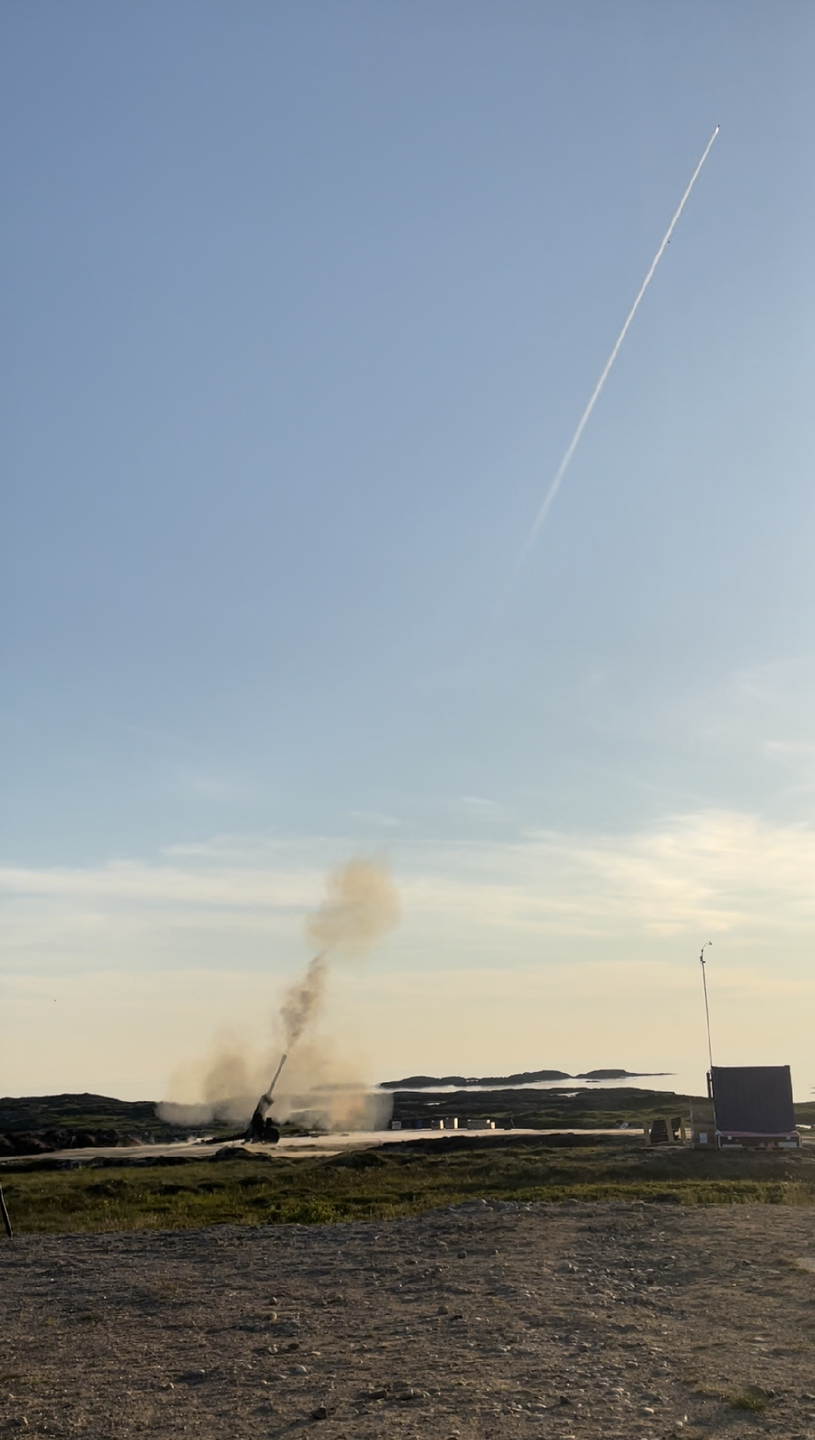
For more than two decades, artillery technology has been a relatively low priority for the U.S. military. The post-9/11 emphasis on guerrilla wars and fighting against low-capability adversaries like the Islamic State and the Taliban has reduced the need for powerful, long-range artillery. The U.S. Army and Marines, lacking a credible enemy artillery threat, have been able to operate with impunity, setting up protected artillery sites without too much concern for enemy artillery fire, with air strikes filling the gap to hit very long-range targets.
The shift back to big power conflict is changing that. U.S. ground forces must once again contend with fighting large armies with high-tech weaponry, ensuring that American equipment is technically superior to those fielded by potential adversaries. Aircraft attacking very long-range targets have the potential to be shot down in the process, losing a pilot and $100 million aircraft. The artillery war between Ukraine and Russia—with both sides pounding away with hundreds of howitzers and multiple launch rocket systems daily—is a brutal, real-world reminder of the power of artillery and what happens to losers in an artillery duel.
One of the major lessons from Ukraine’s artillery war is that the side that can shoot farthest dominates the battlefield. Russia’s 152-millimeter 2S19 Msta-S self-propelled howitzers have a range of 24.7 kilometers, or 15.3 miles. Moscow’s newer 2S35 Koalitsiya self-propelled gun has a standard range of 40 kilometers, or 24.8 miles. These guns have outshot Ukraine’s 2S3 self-propelled howitzers, which had a range of just 10.8 miles. As a result, Ukrainian artillery forces have had to continually operate their guns within range of Russian guns, placing them in constant danger. Russian gunners, on the other hand, can stay out of reach of Ukrainian guns with careful planning.
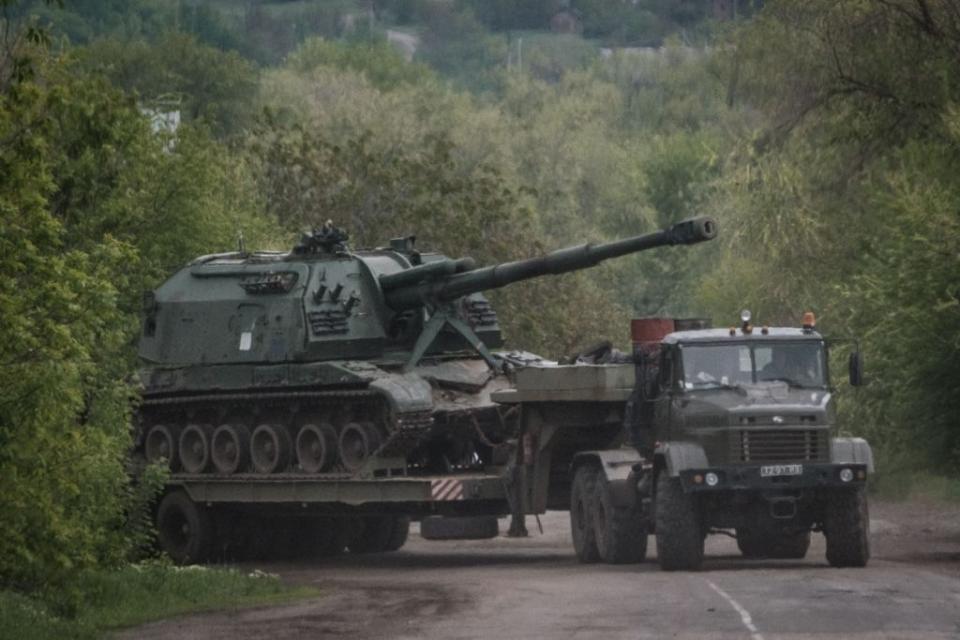
Most artillery shells are sent downrange by the detonation of a propellant charge in the breech of the gun. The charge creates pressure behind the shell, which then pushes the shell out of the barrel and downrange to the target. More propellant can mean more range, but at a certain point that becomes dangerous. Instead, some shells inject a gas into their wake, reducing drag as the shell flies through the air, a method called “base bleed.” Other shells, so-called “rocket-assisted projectiles” (RAP), use actual rocket engines to fly farther.
The new Ramjet 155 shell, jointly developed by Boeing and Norwegian defense company Nammo, is the first artillery shell to use a ramjet for propulsion. The shell has been in development since 2019, when the Army funded it as part of the XM1155 Extended Range Artillery Projectile program. Ramjets are air-breathing engines that suck in air at high speeds and then mix it with gasses produced by fuel combustion. The air and exhaust under pressure is then expelled through the rear nozzle, producing thrust.
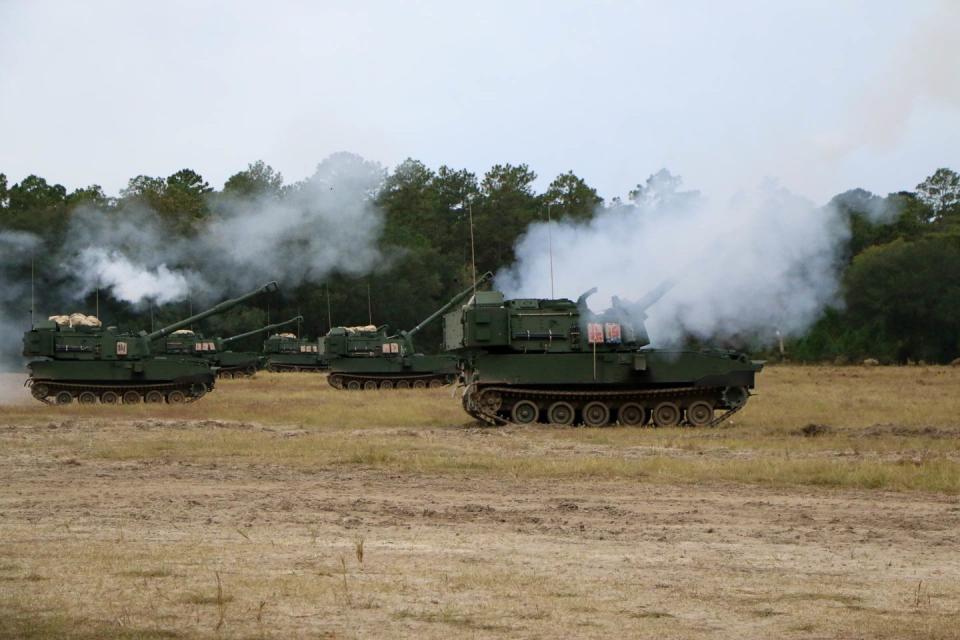
A ramjet-powered shell has a few advantages over base bleed and RAP technology. One, the shell uses the oxygen in the air itself as a propellant, and there’s plenty of oxygen in the atmosphere. This reduces the amount of onboard fuel the shell needs. Second, unlike the other types of shell propulsion, the ramjet shell can accelerate over a greater distance, giving it greater speed up until impact.
Of course, a ramjet shell does have some disadvantages. For one, the addition of a ramjet engine makes it much more expensive than a typical artillery shell. Two, the shell must incorporate a guidance package, steering fins, and the ramjet, reducing the shell’s explosive payload.
Those tradeoffs are well worth it. Older artillery systems without precision guidance lacked the ability to land a shell directly on top of a target, instead neutralizing targets by dropping multiple shells nearby. Ramjet 155’s precision guidance system is likely accurate enough to drop a shell on top of the target. That requires fewer shells lobbed and less high explosives per shell. Artillery units will also be able to provide support to ground forces that was previously supplied by strike fighters and attack helicopters. Plus, the ability to shoot moving targets puts a bullseye on enemy tanks.
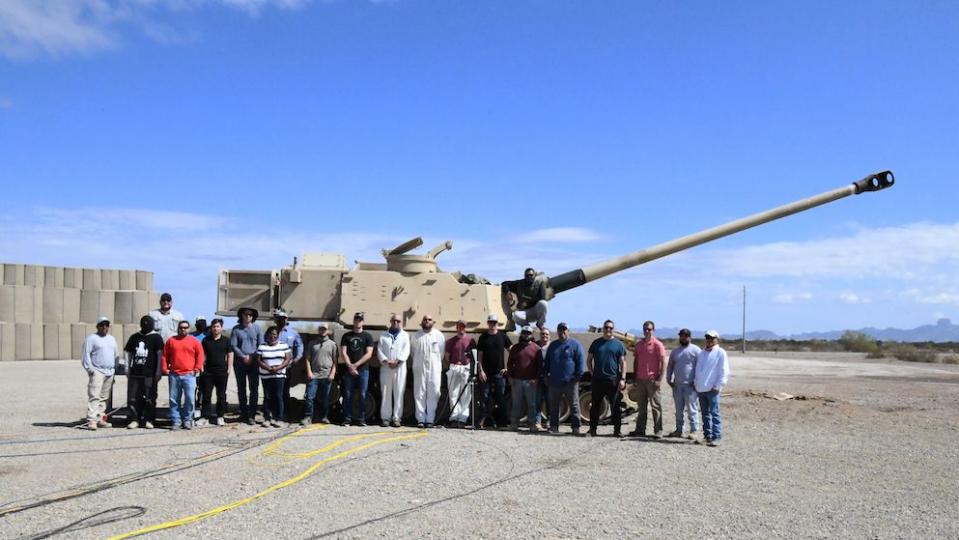
The Army has a brand-new howitzer, the 43-mile-range Extended Range Cannon Artillery. Does Ramjet 155 make it obsolete? Not really: Ramjet 155 can work with the Army’s M777 towed howitzer, M109A7 self-propelled howitzer, and ERCA itself. While the Army still needs ERCA, M777 or M109A7 howitzers could use regular artillery rounds when necessary and stock a smaller supply of Ramjet 155s for when the gun crew really needs to reach out and touch someone. M777 crews, whose laborious and time-consuming movement process makes them vulnerable to enemy artillery fire, would especially welcome Ramjet 155s.
Ramjet 155 isn’t a game changer by itself, as the gunners manning their howitzers can’t see enemy forces 44 miles away. The new shell will change the game once it is dropped into a reconnaissance-strike system that pairs drones and other intelligence-gathering systems with long-range artillery, the two groups connected by secure communications. Artillery units will be able to shoot deeper into enemy territory, and fire more shells without moving to avoid enemy fire. It’s a stunning combination that should give any potential adversary pause.
You Might Also Like

